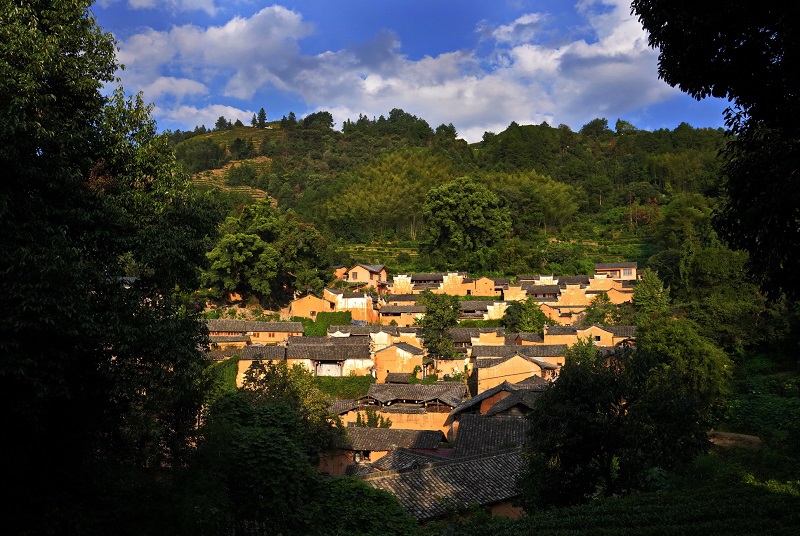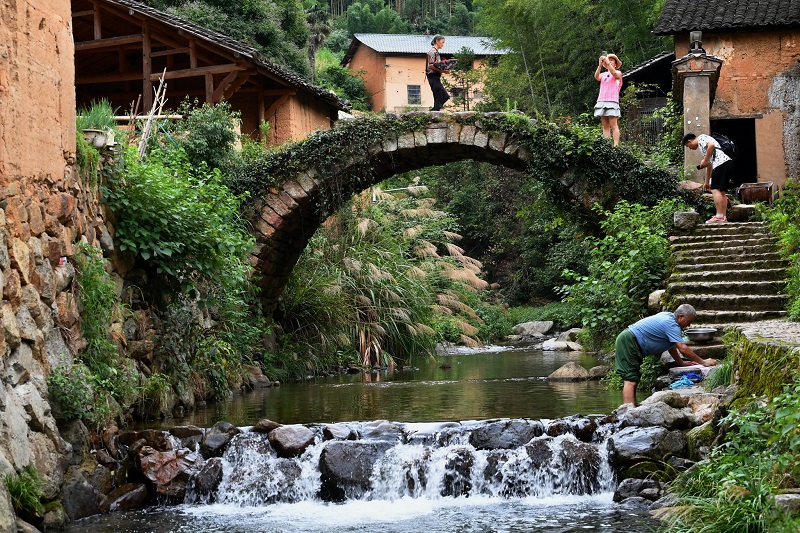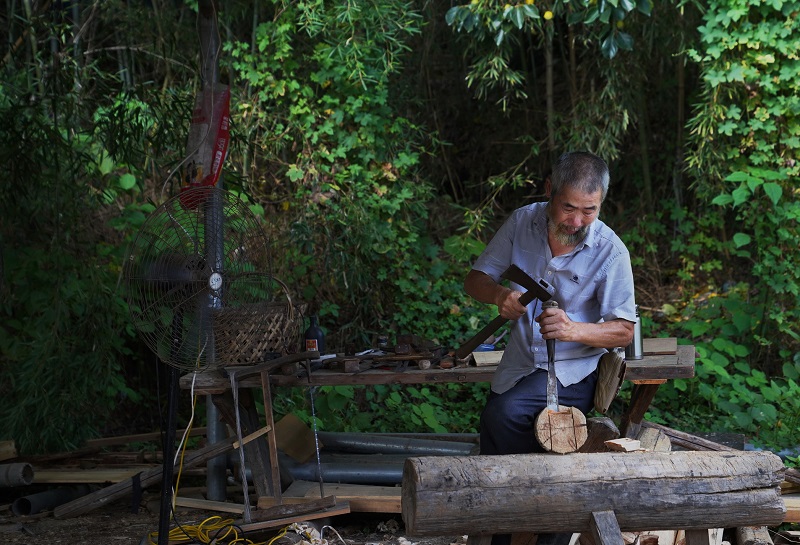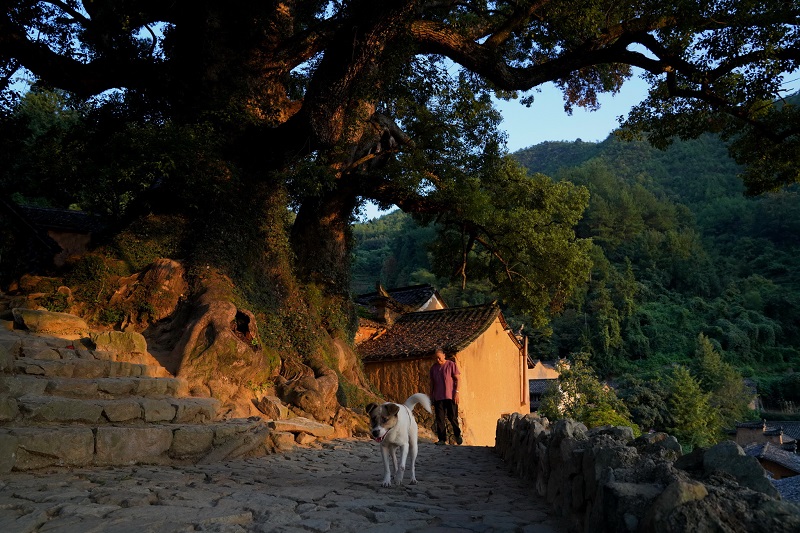Imagine a county that is more than 1,800 years old with an array of houses that are centuries old and yet still livable. Imagine a cultural destination for visitors interested in Chinese heritage and architecture and Songyang in Zhejiang Province springs to mind.
Songyang boasts a reputation as the county with the highest number of preserved traditional villages and the richest architectural styles in east China. The houses here date back to the Ming (1368-1644) and Qing (1644-1911) dynasties and the Republic of China (1912-1949) period. Once rundown due to lack of maintenance, they’ve got a new lease of life since 2016 when the China Foundation for Cultural Heritage Conservation selected Songyang as the pilot for its Save the Ancient Buildings Project.
The program carries out renovation of old buildings on the principle of “repairing the old by giving it back its original look,” a painstaking process that needs considerable time and expertise. However, the years of efforts have finally wielded result and Songyang today has over 1,200 old houses restored as well as more than 260 ancestral halls and nearly two dozen ancient bridges.
The county has also created a number of new landmarks by blending old architecture with modern design, blazing a unique Chinese path in the conservation of rural cultural relics.

Songyang’s ancient villages still have their authentic Chinese countryside architecture with the houses featuring vivid yellow walls and black tiles. Surrounded by old trees, with cocks crowing and dogs barking, they present a traditional rural scene.

This restored old house in the village of Houshe has been developed into a bed-and-breakfast.

After renovation, Chenjiapu Village now has the Librairie Avant-Grande, a trendy bookstore, and a bed-and-breakfast called Feiniaoji, acquiring new-age vibes.

Wuxin Academy in Youtian Village, formerly known as Wuxin Primary School, has preserved the rustic appearance of the original school while adding modern facilities. A glass-walled hut inside sports lines from two famous Chinese classic poems written centuries ago, the Ode on the Red Cliffs and Drinking Alone Under the Moon.

The Jiuceng Art Museum nestling in a sea of bamboos in Shanlong Village has yellow rammed earth walls, stone interiors and a roof with a braided wood arch structure, the style of a bridge in the Northern Song Dynasty (960-1127), immortalized by Song Dynasty artist Zhang Zeduan's famous scroll painting Along the River During the Qingming Festival.

The stone arch bridge of Songzhuang Village, one of its foremost attractions, has featured in the Chinese National Geography magazine. The bridge is made of stones taken from the river and stacked together without any cementing material. More than 200 years later, it still stands there, a testament to ancient Chinese ingenuity and skill.

Songyang maintains its ancient craftsmanship. Local craftsmen have been returning to their old jobs since the renovation.

While preserving old villages, Songyang has incorporated modern convenience to attract tourists, making the protection effort more dynamic.

An exhibition hall in Nandai Village. The village has built an art museum and other public cultural spaces to promote cultural inheritance in a new form.

In Yangjiatang Village, a 500-year-old camphor tree stands beside a cluster of yellow adobe houses, basking in the light of the setting sun. Photos by Yu Xiangjun